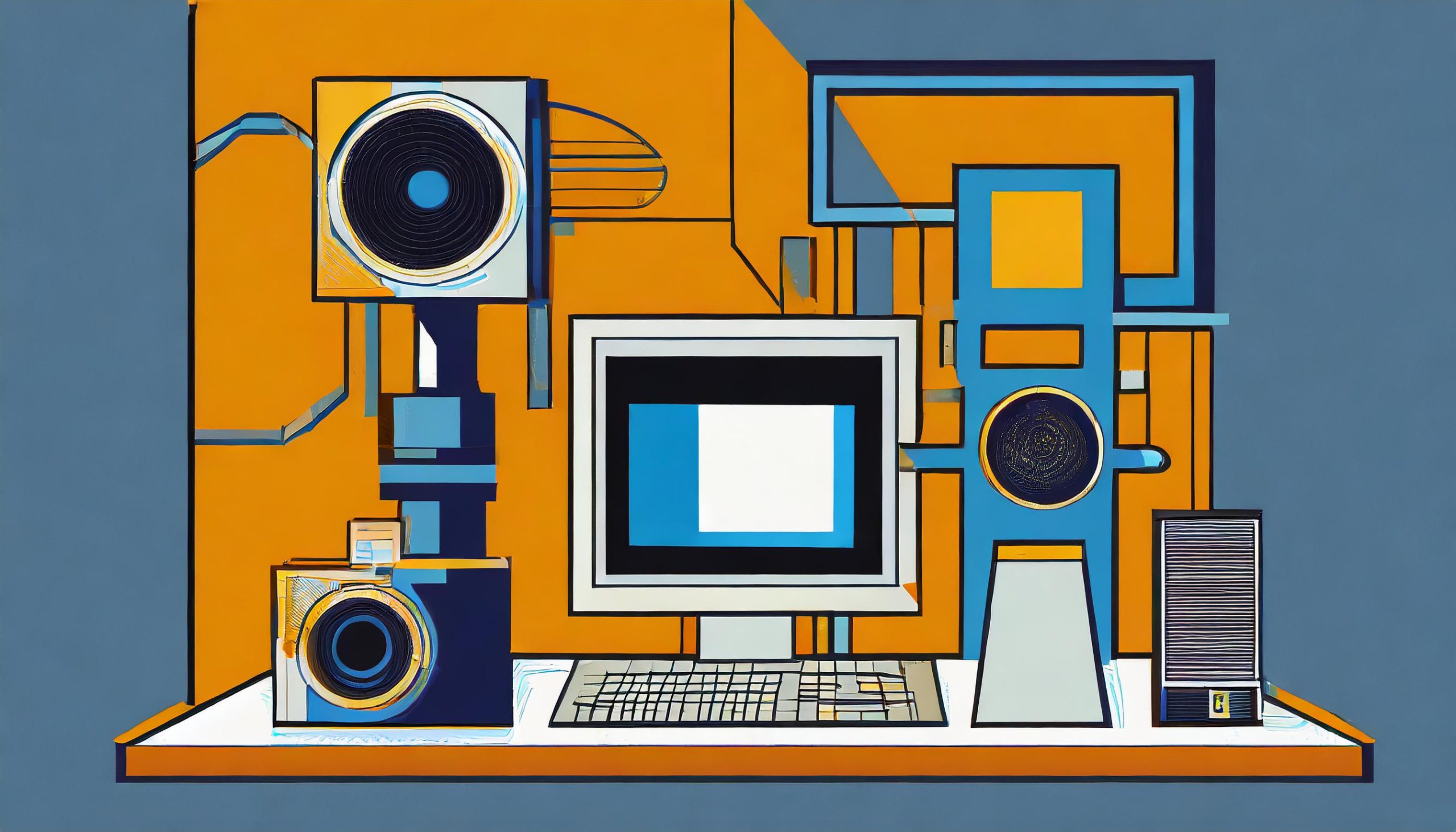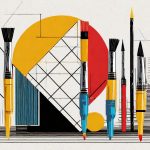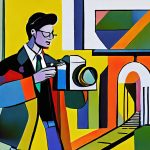The release of Sora, Chatgpt’s new video from text creation tool has created a lot of interest to put it mildly. The thing that has got people excited is how accurately this new tool manages to produce results that appear to be made using existing tools and techniques. This got me thinking. To me, the value of AI won’t lie in how well it can replicate other workflows but rather in what it can do that is unique to itself.
Currently, a lot of AI-generated art is trying to replicate traditional art forms. It’s a bit like when someone learns to play a new instrument by starting with familiar songs. There’s value in it, sure. It helps us understand what AI can do, but it’s not exactly groundbreaking. The excitement around AI art isn’t about making another version of what we’ve already seen. It’s about discovering what new things AI can bring to the table.
Think of AI as a tool, not just any tool, but one that could potentially do things we haven’t even thought of yet. This is about exploring AI’s unique abilities, not just using it to redo old styles or mimic famous artworks. It’s like how photography started. At first, photographers made their shots look like paintings to give them a sense of legitimacy. They’d even blur images on purpose to make them look more like the art of their time. But photography really came into its own when people started using it to do what other art forms couldn’t, capturing moments in a way only a camera could.
For AI art to be genuinely interesting, artists and designers need to start thinking of AI as a unique medium. This doesn’t mean mastering AI in the traditional sense but understanding how to work with it to create something new. It’s about experimentation and seeing what AI can do that no other medium can.
This might involve art that changes based on who’s looking at it or pieces that use data to visualize things we can’t normally see, like climate patterns or internet traffic. The potential is huge, but reaching it requires a shift in how we think about AI in the art world.
This shift also brings up questions about creativity and authorship. Just as people once debated whether photography could really be considered art, we’re now looking at similar discussions around AI. The key difference is that AI can be a more active participant in the creative process, which blurs the lines even more between tool and collaborator.
The bottom line is that while AI art is currently in a phase of imitation, this is just the start. Photography had to move away from mimicking paintings to find its unique voice, and AI art needs to do the same. This isn’t about perfecting a skill in the traditional sense but about embracing curiosity and the possibility of creating something completely new. It’s a chance to push boundaries and explore uncharted territory in the art world.


